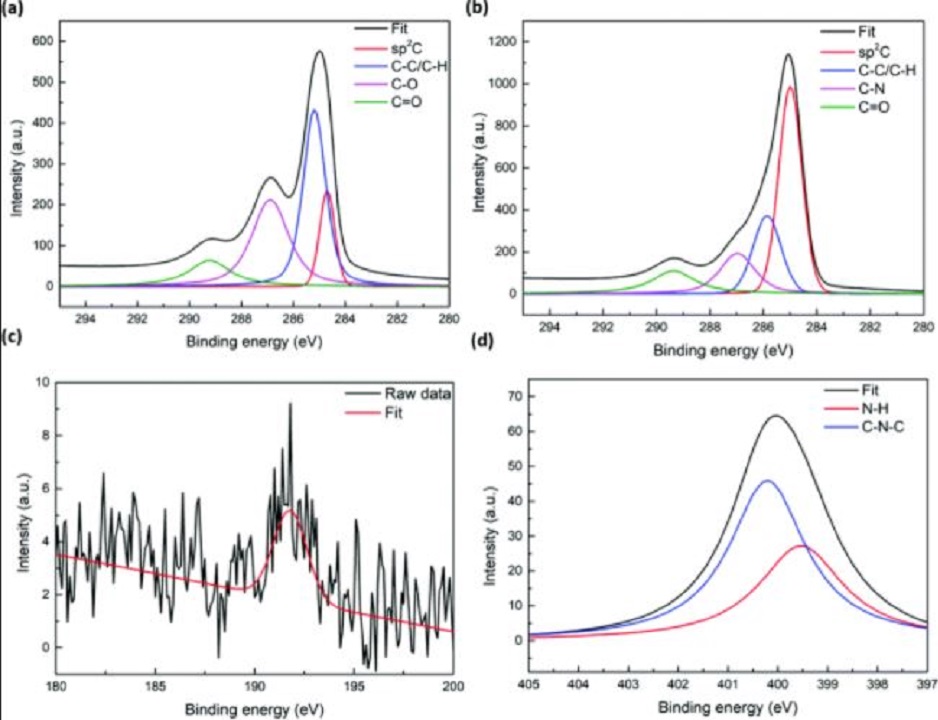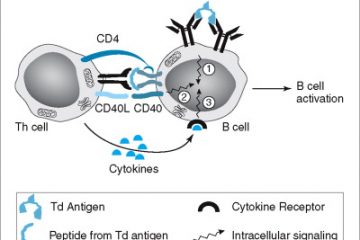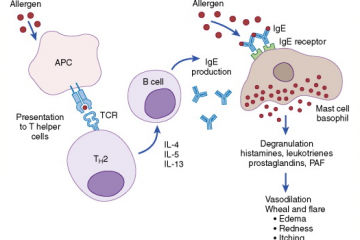Abstract
Nanocomposite double-network hydrogels (ncDN hydrogels) are lately launched to handle the constraints of conventional DN hydrogels, corresponding to the dearth of range within the community construction and the restricted functionalities. However, two challenges stay, together with the time-consuming preparation and the dearth of shear-thinning and self-healing properties. Here, our method to creating versatile ncDN hydrogels is thru using a number of interfacial crosslinking chemistries (i.e., noncovalent interactions of electrostatic interplay and hydrogen bonds in addition to dynamic covalent interactions of imine bonds and boronate ester bonds) and floor functionalized nanomaterials (i.e. phenylboronic acid modified diminished graphene oxide (PBA-rGO)). PBA-rGO was used as a multivalent gelator to additional crosslink the 2 polymer chains (i.e. triethylene glycol-grafted chitosan (TEG-CS) and polydextran aldehyde (PDA)) in DN hydrogels, forming the TEG-CS/PDA/PBA-rGO ncDN hydrogels in seconds. The microstructures (i.e. pore dimension) and properties (i.e. rheological, mechanical, and swelling properties) of the ncDN hydrogels could be merely modulated by altering the quantity of PBA-rGO. The dynamic bonds within the polymeric community offered the shear-thinning and self-healing properties to the ncDN hydrogels, permitting the hydrogels to be injected and molded into different shapes in addition to self-repair the broken construction. Besides, the designed TEG-CS/PDA/PBA-rGO ncDN hydrogels had been cytocompatible and in addition exhibited antibacterial exercise. Taken collectively, we hereby present a nanomaterial method to manufacture a brand new class of ncDN hydrogels with tailorable networks and favourite properties for particular functions.
General description
Application
- Agarose LE is very suited for analyzing fragments between 0.2 and 15 kb in: Analysis of PCR merchandise
- Examination of restriction endonucleases
- Digests of plasmid, cosmid, and λ phage DNA
- Electrophoresis of RNA in, e.g., denaturing gels containing formaldehyde
Nucleic acid fragments separated with Agarose LE could be blotted to nylon or nitro-cellulose membranes by all commonplace blotting strategies.
Important Note: Detection with nonradioactive probes e.g., digoxigenin-labeled nucleic acids, doesn’t intrude with using Agarose LE.
Quality
Absence of RNase: none detected in keeping with the present Quality Control procedures.
Other Notes

Agarose LE
PROPERTIES
type
powder
packaging
pkg of 100 g (11685660001)
pkg of 500 g (11685678001)
producer/tradename
Roche
shipped in
ambient
storage temp.
20-25°C
[Linking template=”default” type=”products” search=”agarose LE” header=”3″ limit=”28″ start=”1″ showCatalogNumber=”true” showSize=”true” showSupplier=”true” showPrice=”true” showDescription=”true” showAdditionalInformation=”true” showImage=”true” showSchemaMarkup=”true” imageWidth=”” imageHeight=””]


